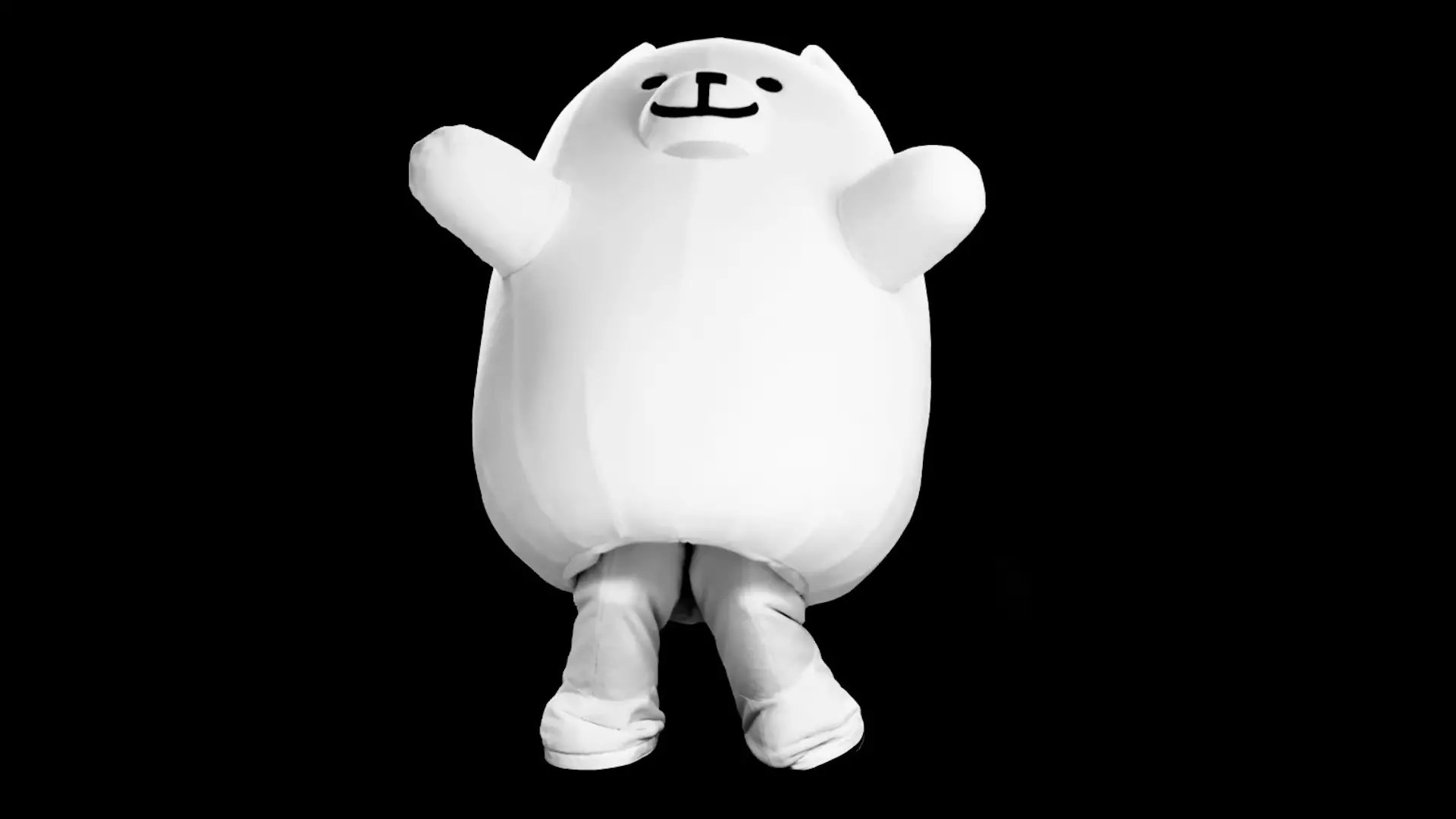In the realm of indie gaming, few names resonate as powerfully as Toby Fox. Renowned for his groundbreaking work on “Undertale,” Fox’s imagination extends beyond what players have previously encountered, particularly with the introduction of Tenna in “Deltarune Chapter 3.” Tenna stands out not merely as another adversary, but as a testament to the creative process filled with experimentation, failed aspirations, and the unexpected thrills of evolving character design. Long before Tenna emerged in his finalized form, Fox envisioned a character that would leverage technology in ways many would find intriguing or even bizarre.
Fox’s admission that he initially aimed to use an Xbox Kinect for rotoscoping movements adds a layer of poignancy to Tenna’s origin story. It reflects an artist grappling with the tools of their trade, attempting to bring to life their imaginative concepts. This technique—once the centerpiece of Fox’s vision—was quickly cast aside, illustrating the natural ebb and flow of creativity where ideas can be left behind as one pushes forward in pursuit of a clearer artistic direction.
The Lure of Unfinished Ideas
The abandonment of concepts can be heart-wrenching for creators, and Fox is no stranger to this struggle. In exploring Tenna’s multifaceted design, he reveals a history of exploration which didn’t quite pan out. One of the most compelling aspects of Tenna’s backstory is Fox’s aspiration for the character to partake in MMD (MikuMikuDance) dances—a nod to the animated creativity present in fan circles. How fascinating it would have been to witness a villain, with dance moves inspired by a phenomenon central to online fandoms! However, Fox, in his own candid reflection, noted that all these initial aspirations contributed to shaping his artistic journey. It presents Tenna not only as a villain to navigate but as a symbol of unfulfilled dreams and the continuous evolution of artistic thought.
Fox’s candidness regarding the early visions of Tenna delivers an engaging glimpse into the complexities of character development. His willingness to share these abandoned ideas, juxtaposed with the applause from fans for Tenna’s current form, provides a rich narrative about creative growth. It’s here that the audience witnesses a creator unafraid to acknowledge past missteps while celebrating the present success, cultivating a unique connection with fans who appreciate the hard work that goes into the final product.
The Power of Collaborative Creation
In the development of Tenna, it’s vital to recognize the collaborative efforts that brought the character to life. While Toby Fox laid the foundational design, he credited several talented individuals’ contributions, illustrating a core principle in the art of game design: collaboration. Chelsea Saunders deserves particular mention for her incredible work in modeling, animating, and rendering Tenna. This partnership not only highlights the beauty of teamwork but also the importance of recognizing the diverse talents that combine to create a fulfilling gaming experience.
The acknowledgment of those who contributed, including D.G. and Clairevoire, accentuates a team-driven ethos within the indie gaming community. Fox’s collaboration emphasizes the depth behind Tenna’s portrayal and showcases that successful creations seldom come from a single mind but are often a tapestry of ideas woven together through collective effort.
The Experience of Fan Connection
The overwhelming response from fans who have embraced Tenna as more than a mere “budget Spamton” signifies a deeper connection forged through character development. Players resonate with Tenna not just as a villain, but as a reflection of the intricate storytelling that Fox imbues in his projects. The evolution from the character’s initial concept to his stylish and charismatic in-game portrayal is a journey that mirrors the player experience itself. Engaging with a character who has weathered various incarnations can elevate the narrative stakes, inviting players to invest emotionally in the outcome of their encounters.
Fox’s transparent communication about Tenna’s development, alongside the success of his ultimate design, serves as an inspiring case study of navigating artistic uncertainty while ultimately delivering a memorable character. In the gaming pioneer’s journey, Tenna encapsulates the transformative power of creativity—how the abandonment of ideas can pave the way for something spectacular, stirring players to appreciate both the final product and the artist’s journey leading there.


Leave a Reply